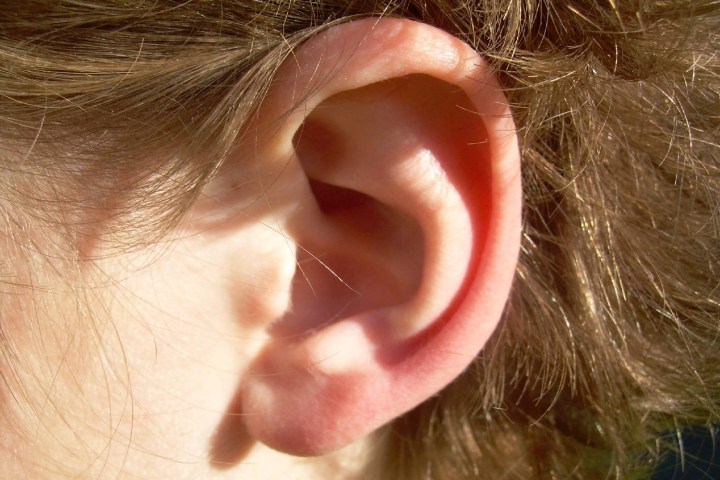
In recent years, a number of increasingly high-quality hearing aids have helped resolve some of these issues, but a new research project coming out of Indiana University School of Medicine may have the biggest impact yet.
What professor Karl Koehler and his team have been working on is a method to grow human inner ear organs from stem cells.
“Human stem cells have the potential to form any organ in the body, but they require special guidance cues at the right time to form a specific organ, like the inner ear,” Koehler told Digital Trends. “After about three years of careful trial and error, we came up with a ‘cue recipe’ that tells stem cells to form inner ear organ-like structures. We call these ‘inner ear organoids.’ In the study, we show how inner ear organoids are structured and function like real inner ear organs.”
The inner ear is one of the few organs in the body with which a biopsy is not performed, which makes the tissues rare for the purposes of research. “It’s hard to obtain inner ear tissue from patients for research, which has made it difficult to test new drugs or gene therapies,” Koehler explained. “We are aiming to set up large-scale screens to identify new drugs. We hope this human ear-in-a-dish will accelerate development of promising drugs that could regenerate the inner ear hair cells, the sound and movement sensing cells, of someone with profound deafness or dizziness.”
We’re still far from the point at which this tech could be used to restore hearing to someone who has lost it, but the tissues grown by the team do recognizably appear like our own — right down to the presence of normal functioning hair cells, and neurons that send sound signals to the brain.
The work is described in the new issue of the journal Nature Biotechnology.


